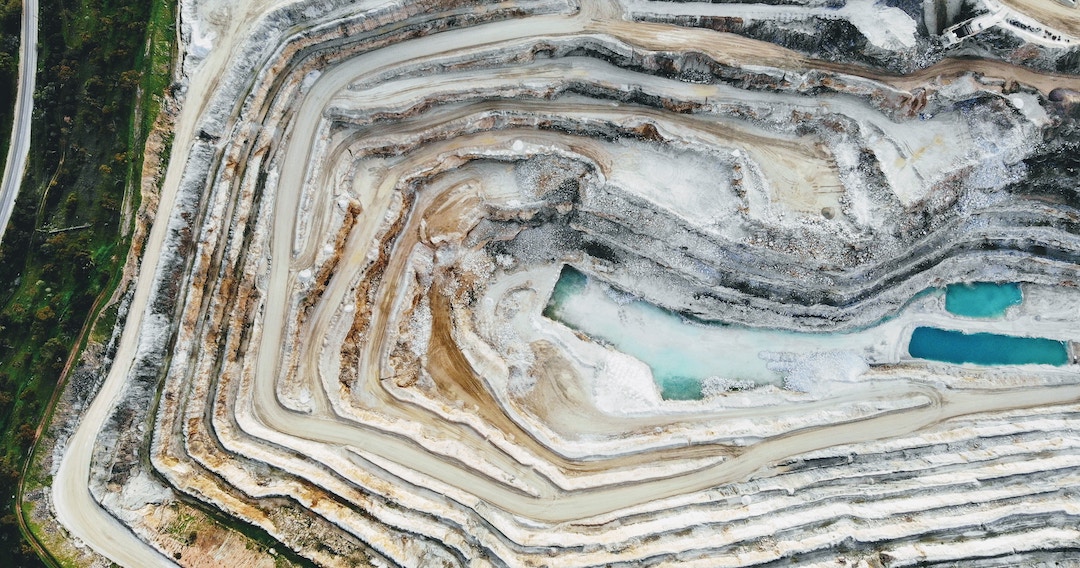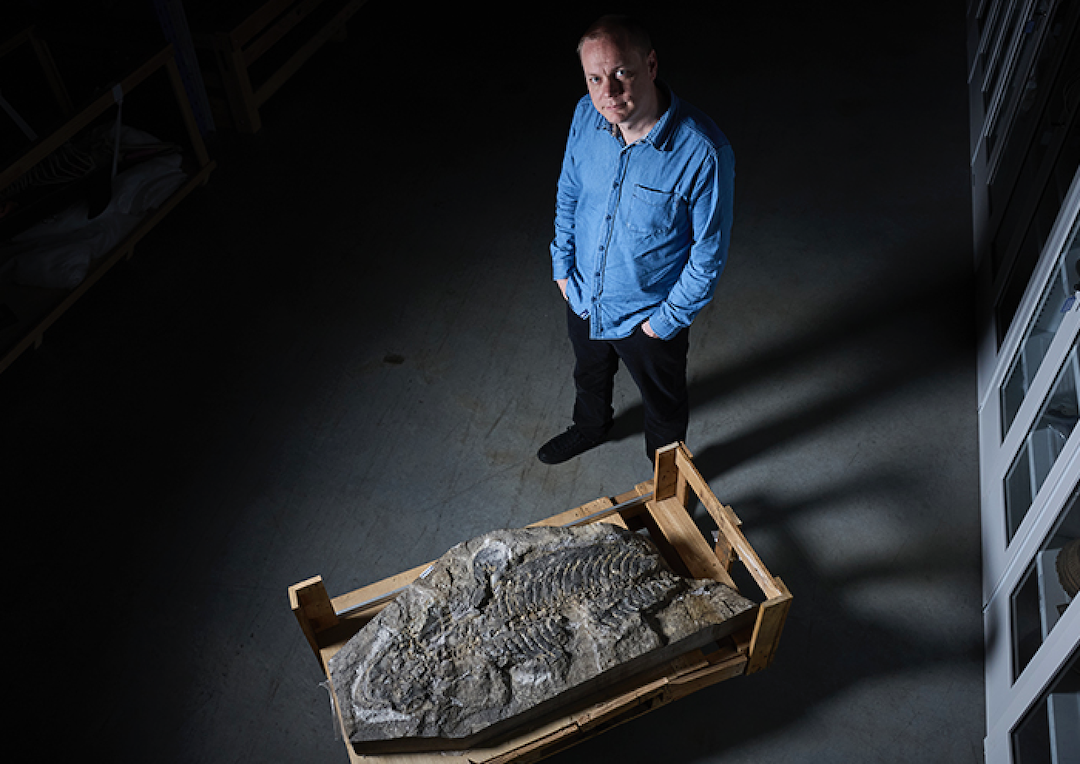A new species of amphibian has been identified thanks to a study into an ancient fossil.
The fossil, found inside a retaining wall, has revealed much about Australia’s prehistoric past, leaving scientists excited about further exploration of this fascinating time period.

The fossil was discovered in rocks taken from a local quarry
Where was the fossil found?
The fossil was discovered back in the 1990s, when rocks were being cut from a quarry to be used in the construction of a garden wall. A local chicken farmer identified it as more than just another rock, and donated the find to the Australian Museum.
Since then, the fossil has been labelled as the remains of Arenaerpeton supinatus.
Why are scientists so excited?
According to Palaeontologist and PhD candidate in the School of Biological Earth and Environmental Sciences at UNSW, Lachlan Hart, the fossil contains almost an entire skeleton as well as the outlines of its skin.
“This fossil is a unique example of a group of extinct animals known as temnospondyls, which lived before and during the time of the dinosaurs.”
“We don’t often find skeletons with the head and body still attached, and the soft tissue preservation is an even rarer occurrence.”
Scientists have recently undertaken a study, published in the Journal of Vertebrate Paleontology, which outlines how this creature can help experts understand ancient ecosystems. Thanks to its well-preserved nature, scientists have been able to gain much insight into the Arenaerpeton’s life and habits.

What can the fossil tell us?
The fossil has been identified as Arenaerpeton supinatus, a species of ancient amphibian. During the Triassic period, around 240 million years ago, Arenaerpeton lived in the freshwater rivers found in the Sydney Basin. While there is limited evidence about the other plants and animals that dwelled near the Arenaerpeton, scientists believe it likely hunted other fish such as Cleithrolepis. Cleithrolepis are described as a ray-finned fish from the Triassic period that grew to around 30 cm and lived in rivers, lakes and billabongs in New South Wales.
Lachlan Hart explains that the unique state of the skeleton has offered lots of exciting information about the animal and its features.
“Superficially, Arenaerpeton looks a lot like the modern Chinese Giant Salamander, especially in the shape of its head,” he says.
“However, from the size of the ribs and the soft tissue outline preserved on the fossil we can see that it was considerably more heavyset than its living descendants. It also had some pretty gnarly teeth, including a pair of fang-like tusks on the roof of its mouth.”
The ancient amphibian is estimated to be around 1.2 meters from head to tail, much bigger than other closely related animals from the time.
“The last of the temnospondyls were in Australia 120 million years after Arenaerpeton, and some grew to massive sizes. The fossil record of temnospondyls spans across two mass extinction events, so perhaps this evolution of increased size aided in their longevity.

Lachlan Hart with the Arenaerpeton fossil
Sharing this sentiment is Dr Matthew McCurry, Senior Lecturer in UNSW’s School fo BEES and Curator of Palaeontology at the Australian Museum
“This is one of the most important fossils found in New South Wales in the past 30 years, so it is exciting to formally describe it,” says Dr McCurry, who is also a co-author on the study. “It represents a key part of Australia’s fossil heritage.”
Later this year, the Australian Museum will be displaying the fossil in their exhibition.
To read about another amazing fossil discovery in Australia, click here.

